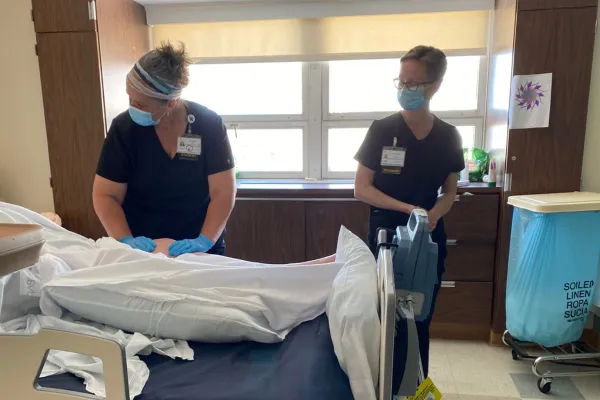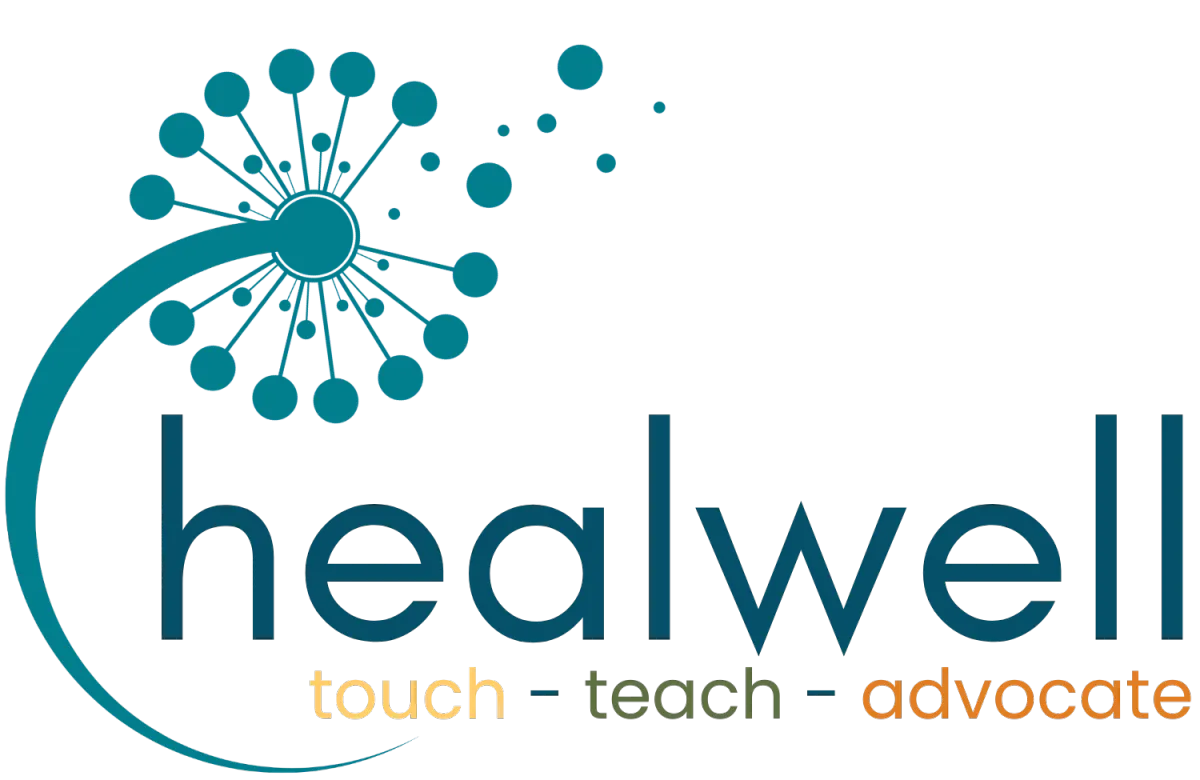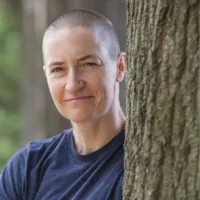Our Blog

The Top Five Things You Should Know About Hospital-Based Massage Therapy
In recent years, major healthcare organizations like American Society for Clinical Oncology, (1,2,3) the National Comprehensive Cancer Network, (4) the Society for Integrative Oncology, (5) the US Veterans Administration (6) and others have created and endorsed guidelines and recommendations for incorporating massage therapy in the care of patients affected by serious illness.
We are only just beginning to understand the full impact of the interpersonal, physiological, and psychological intervention that is massage therapy when provided by a properly trained massage therapist, but evidence already points clearly to the ability of such therapists to improve common symptoms like pain, anxiety, and nausea, as well as to broadly improve a patient’s experience of their illness. A specially trained massage therapist (7,8) can safely and effectively employ the skills of their discipline to cultivate a sense of hopefulness, decrease pain and anxiety, and generally improve a patient’s experience (9) such that they are better able to cope with their disease and to participate in their care, even with serious illness.
Massage therapists are more than “nice to have.” Integrating massage therapy is inherent in our ethical imperative to ease suffering.
How to begin planning your hospital-based massage therapy program:
1. Take the necessary time to hire appropriately skilled massage clinicians (or invest in training for them).

Set your sights on hiring massage practitioners who are prepared to augment the health care you provide, who can measurably improve outcomes and experience for the patients and families you serve, and who will function as collaborative partners in care. (9,10,11,12)
Many institutions go into this process with little or no knowledge about the potential for massage therapists to impact not only patient experience, but clinical outcomes. This is where undertrained or even untrained volunteers tend to enter the picture; and that’s not the picture you and your organization envisioned when you decided to bring massage therapy to the community you serve. Undertreatment is one issue, but in the case of people affected by serious illness, an untrained person is likely to miss potentially serious issues like skin breakdown, new swelling and/or infection, previously undiagnosed lymphedema or incipient circulatory issues, just to name a few.
2. Redefine "massage."
Massage therapy, provided by a specially trained practitioner, is simple, appropriate, and effective as an adjunct to the management of symptoms like pain, fatigue, anxiety, nausea, and sense of isolation. (13,14) It requires a skilled massage provider with a working understanding not only of disease states and progression, but also of plans of care and interdisciplinary collaboration and a willing recipient.
Some of the hallmarks of this kind of massage intervention are:
adapted, connected strokes and techniques, rather than “deep” pressure;
active listening, rather than casual conversation; and
clinical reasoning, rather than mere manual manipulation “where it hurts.”
The often-assumed “standard” aspects of massage like a massage table, oil or lotion, dim lighting, gentle music and deep pressure are not necessary for massage to be effective. A massage therapist with the specialized training to adapt the skills of their discipline to safely, and effectively work with people affected by illness can provide valuable care without any of these typical aspects that many people assume are necessary.

3. Enable the massage therapists you hire to collaborate in care by giving them read/write access to the EMR/EHR used by all other clinical staff.
Your new massage therapists are members of the clinical team. They can be essential to care if you create that opportunity. When a massage therapist is able to record their observations and actions in the chart of each patient they treat, you are adding another set of skilled eyes and another sharp mind to your team who can alert other clinicians to concerns about infection, family dynamics, ability to adhere to treatment recommendations and many other aspects of care that are often shared with a connected and present massage therapist.
4. Decide what metrics are important to the patients and families you serve; then, collect them.
The presence of a massage therapist is often perceived as “nice to have,” but the impact of their presence is rarely measured. Your massage therapy program and your understanding of its value will grow immeasurably when you build the collection of key metrics into the flow of care provided by those massage therapists. Simple pre- and post-session measures of pain, anxiety, and even peacefulness (15) can be a good start and can be collected using validated tools with a low survey burden for both the clinician and the patient. There are a number of other, more nuanced, measures like self-efficacy, (16) loneliness, (17) and coping (18) that could also shed important light on the unique impact of specially trained massage therapists.
5. Create a plan to provide ongoing support and learning opportunities for the massage therapists you hire.
Too often, massage therapists are invited onto a hospital or cancer center campus and left to their own devices without clear, intentional connection to other members of the team. Meanwhile, other clinical staff are required to complete ongoing competency testing and continuing education specific to their role. A massage therapist who has taken it upon themselves to get the training necessary to bring a new level of care to your patients and families should expect to be invited to adhere to the same standards of all other clinical staff. If they don’t, you may need to continue your search.
Bonus #6: Talk to Healwell about next steps to start your program!
Testimonials from clinicians
"Patients of the Pediatric, Adolescent and Young Adult Oncology Program at Medstar Georgetown University Hospital’s Lombardi Comprehensive Cancer Center have benefited greatly from the provision of massage services by Healwell. The positive experience in that setting quickly led to the roll-out of similar services in the adult infusion center. Positive feedback from patients, caregivers, nurses and physicians has led to the expansion of massage services in other locations on campus, and further growth is anticipated."
~Jeffrey A. Toretsky, M.D. Division Chief, Pediatric Adolescent and Young Adult Hematology/Oncology Professor, Departments of Oncology and Pediatrics Georgetown University
“Children's National has collaborated with Healwell since 2009 on research and clinical care. Our patients and families consistently report significant benefits in their comfort and well-being from the massage therapy they receive. As an oncologist and palliative care provider I am thrilled that we are able to offer patients an integrated, non-pharmacological option for symptom relief. Healwell’s partnership is seamless, collaborative and patient- and family-centered.”
~Dr. Shana Jacobs Oncologist and Hospice & Palliative Medicine Specialist, Associate Professor of Pediatrics Children's National Hospital & George Washington University
Citations
https://old-prod.asco.org/about-asco/press-center/news-releases/patients-chemotherapy-induced-peripheral-neuropathy-experience (accessed on 090623)
https://ascopost.com/issues/april-25-2018/massage-therapy-for-patients-with-cancer/ (accessed on 090623)
https://ascopost.com/issues/march-10-2022/massage-for-pain-management-in-the-cancer-population/ (accessed on 090623)
https://www.nccn.org/patients/guidelines/content/PDF/survivorship-crl-patient.pdf (accessed 090623)
https://integrativeonc.org/latest-news/402-new-sio-asco-guidelines-released (accessed on 090623)
https://www.va.gov/WHOLEHEALTH/professional-resources/Massage_Therapy.asp (accessed on 090623)
Dion LJ, Cutshall SM, Rodgers NJ, et al. Development of a Hospital-based Massage Therapy Course at an Academic Medical Center. Int J Ther Massage Bodywork. 2015;8(1):25-30. Published 2015 Mar 1. doi:10.3822/ijtmb.v8i1.249
Brennan MK, Healey D, Tague C, Rosenthal B. Hospital based massage therapy specific competencies. J Bodyw Mov Ther. 2019;23(2):291-294. doi:10.1016/j.jbmt.2019.01.009
Groninger H, Nemati D, Cates C, et al. Massage Therapy for Hospitalized Patients Receiving Palliative Care: A Randomized Clinical Trial. J Pain Symptom Manage. 2023;65(5):428-441. doi:10.1016/j.jpainsymman.2023.01.011
Kelemen A, Anderson E, Jordan K, Cates LC, Shipp G, Groninger H. "I Didn't Know Massages Could Do That:" A qualitative analysis of the perception of hospitalized patients receiving massage therapy from specially trained massage therapists. Complement Ther Med. 2020;52:102509. doi:10.1016/j.ctim.2020.102509
Mitchinson A, Fletcher CE, Trumble E. Integrating Massage Therapy Into the Health Care of Female Veterans. Fed Pract. 2022;39(2):86-92. doi:10.12788/fp.0223
Shan S, Lin L, Fang Q, et al. Massage therapy significantly improves cancer-related fatigue in cancer patients: a meta-analysis of randomized controlled trials. Support Care Cancer. 2023;31(8):464. Published 2023 Jul 15. doi:10.1007/s00520-023-07926-w
Miladinia M, Jahangiri M, Kennedy AB, et al. Determining massage dose-response to improve cancer-related symptom cluster of pain, fatigue, and sleep disturbance: A 7-arm randomized trial in palliative cancer care. Palliat Med. 2023;37(1):108-119. doi:10.1177/02692163221129158
Lyman GH, Greenlee H, Bohlke K, et al. Integrative Therapies During and After Breast Cancer Treatment: ASCO Endorsement of the SIO Clinical Practice Guideline. J Clin Oncol. 2018;36(25):2647-2655. doi:10.1200/JCO.2018.79.2721
Mack JW, Nilsson M, Balboni T, et al. Peace, Equanimity, and Acceptance in the Cancer Experience (PEACE): validation of a scale to assess acceptance and struggle with terminal illness. Cancer. 2008;112(11):2509-2517. doi:10.1002/cncr.23476
Hughes ME, Waite LJ, Hawkley LC, Cacioppo JT. A Short Scale for Measuring Loneliness in Large Surveys: Results From Two Population-Based Studies. Res Aging. 2004;26(6):655-672. doi:10.1177/0164027504268574
Connect With Us:

Contact Us:
4201 Wilson Blvd. #110-341
Arlington, VA 22203
